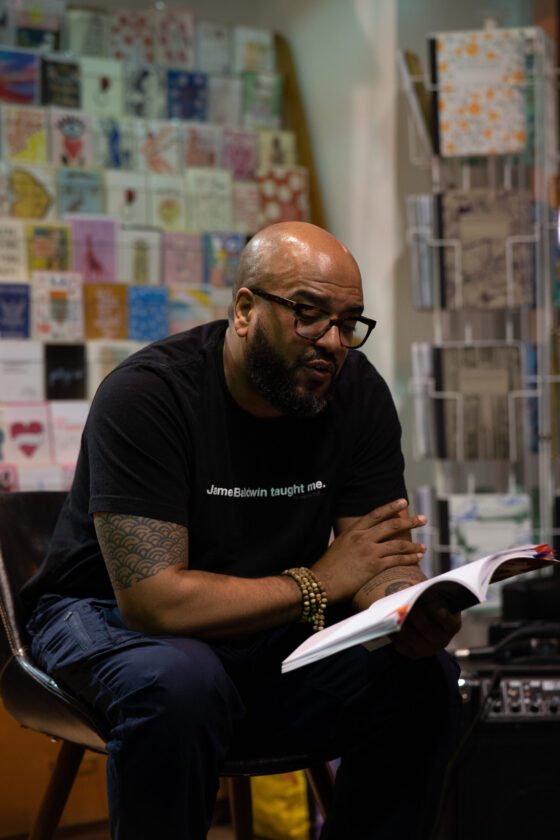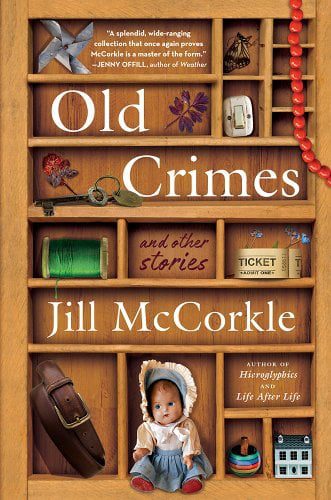The tale of a bipolar, Midwestern prostitute and her Catholic family feels all-too-familiar to our Midwest-born reviewer.
It is undeniable that Kate Zambreno’s O Fallen Angel is completely successful in its goals. It’s got the quirks, the puns, the joking asides, and the quickest pace of almost any book I’ve read. Zambreno’s characters are vivid—from Maggie the spoiled child turned bipolar wreck, to Mommy the quintessential Midwest housemom—and the setting seems somehow familiar, though actual description is rare. Paradoxically, these elements may begin to explain why I struggled with this book.
O Fallen Angel tells the story of Maggie and Mommy and their tumultuous relationship. In the present-day story, Maggie has moved to the “big bad” city—Chicago, I think—and slowly become a pill-addicted prostitute who has sex with strange men to kill the pain. Mommy makes egg salad with way too much mayonnaise and thinks things like, “Mommy can visit Europe when she goes to Epcot Center.” Both are, of course, archetypes of a Midwest Catholic household—or maybe the subject matter is just all too familiar for me, being a Midwest Catholic girl who moved to the “big bad” city.
Either way, it seems clear that Zambreno intended her characters to remain static as they move through the narrative. She keeps a very tight leash on this story, her voice never faltering from the on-guard judgment she casts upon her characters. Although they may deserve to be derided—they’re honestly very stupid and self-centered—the question arises whether it’s possible to write a good novel in which the characters are stereotypes who don’t change and whom readers are expected from the beginning to hate.
Semi-conclusion: I want to believe it’s possible.
Zambreno’s book has been compared to the works of Austrian writer Elfriede Jelinek, who infamously wrote award-winning novels and plays with idiosyncratic voices that focused on societal clichés. Both Jelinek and Zambreno are fascinated by the roles women play in their respective “homelands” and the interplay of sexuality, family, abuse, and the encroaching outside world; but while Jelinek’s portraits of the absurd seem to expose hidden wisdoms, Zambreno’s portraits seem to highlight absurdities of which we’ve been aware for quite some time. It seems almost redundant to say that middle-aged women in the Midwest are stifled by their crippling religion and insularity and that young women growing up Catholic will often rebel to find peace, because they’re unsure of their own reality. So of course it’s possible to write a novel that challenges our ideas about what makes a “successful” character. It may even be necessary to write that novel. But I feel there must be a certain amount of love shown by an author to her characters. Judgment will be implied, judgment will always be there, but to sneer and only to sneer does not go far enough. Perhaps I would want Zambreno to love these characters so much that she hates them, but she stops short of that, and O Fallen Angel more often reads as though it were turning up its nose to strangers on the street.
The story of the father is occasionally alluded to, with the suggestion that Maggie may be in love with him, but this idea is brought to the surface and quickly dropped, despite being more complex and potentially enlightening than a few of the puns were. Another character, a roadside prophet, remains a bit of a mystery—drenched in beautiful imagery and language of fire and brimstone, he nevertheless serves mostly as juxtaposition, a welcome relief from the barrage of puns, rather than as a fully integrated character. These two underdeveloped pieces might have helped the novel insert a bit of depth into a scathingly funny character study.
Zambreno is clearly talented, though O Fallen Angel left me wanting more. I will, however, thank her for several jokes I will tell the next time I go back home to the Midwest.




